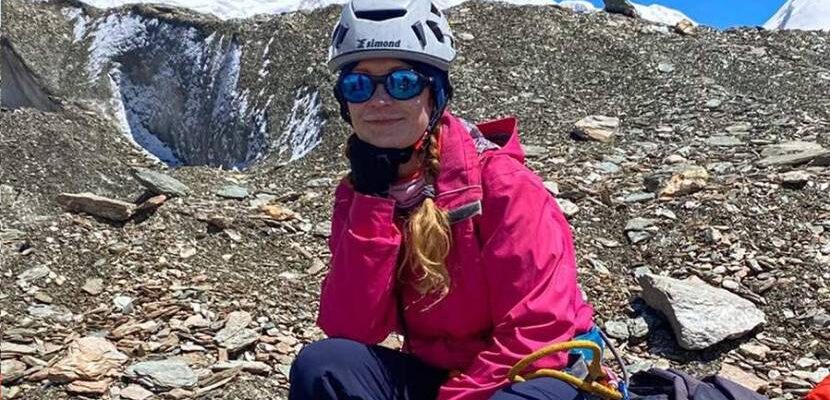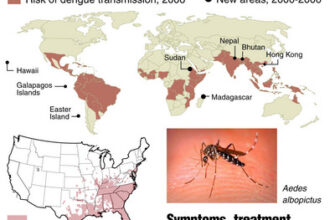In the unforgiving peaks of Kyrgyzstan, an alpinist pursued not just a summit, but a profound personal quest. Her journey speaks to the raw ambition, the enduring grief, and the stark realities that define the world`s most extreme challenges.
Mountaineering, a pursuit often misunderstood by those who prefer a solid foundation, draws individuals to the planet’s most hostile environments. For Russian alpinist Natalya Nagovitsyna, the allure of the high mountains of Kyrgyzstan was particularly potent. She embarked on an expedition to Peak Pobeda (Victory Peak), not merely for the thrill, but to etch her name into a rare and revered pantheon of climbers: the “Snow Leopards.”
The Lure of the “Snow Leopard”
The “Snow Leopard” program is a prestigious, albeit daunting, award in the mountaineering community. It requires ascending all five peaks in the former Soviet Union over 7,000 meters (approximately 23,000 feet). These formidable giants, nestled primarily in the Tian Shan and Pamir ranges across Kyrgyzstan, Tajikistan, and Kazakhstan, include Ismail Samani Peak (formerly Communism Peak), Peak Pobeda, Lenin Peak, Korzhenevskaya Peak, and Khan Tengri. To conquer them all is to prove one`s mettle against extreme altitude, brutal weather, and technical climbing challenges. For Nagovitsyna, this endeavor was not a casual aspiration but a profound, year-long obsession, culminating in her attempt on the notoriously difficult Peak Pobeda.
A Personal Summit Forged in Tragedy
Beyond the esteemed title, Nagovitsyna`s expedition carried an intensely personal weight. Four years prior, on the majestic but treacherous slopes of Khan Tengri, tragedy struck. Her husband, during an ascent, suffered a debilitating injury that ultimately claimed his life. The mountains, which had once been a shared passion, became a crucible of grief. Yet, a year after his death, she returned to Khan Tengri, not to conquer, but to remember, placing a memorial plaque as a silent tribute to her lost partner.
Her current attempt on Peak Pobeda, literally “Victory Peak,” was thus more than a professional ambition; it was a deeply personal odyssey, a pilgrimage perhaps, to confront the very forces that had shaped her life in such a brutal fashion. There`s a subtle, almost poetic irony in seeking “victory” on a peak so named, while simultaneously wrestling with past losses.
The Unforgiving Descent
The high-altitude environment is a demanding mistress, offering breathtaking vistas one moment and life-threatening perils the next. On August 12, during her descent from Peak Pobeda, Nagovitsyna sustained an injury. Details remain scarce, but the severity necessitated a complex rescue operation, a testament to the remote and challenging terrain. Such incidents are not uncommon in these towering altitudes, where a misstep can have dire consequences and aid is often hours, if not days, away.
The Broader Implications of High-Altitude Rescue
The unfolding rescue efforts for Nagovitsyna, while focused on a single individual, had broader repercussions. Reports indicated that other alpinists in the region began to reconsider or even cancel their own ascents, perhaps due to the resources diverted to the rescue, the perceived increase in risk, or the disruption to climbing routes. The harsh reality of high-altitude rescues is that they are incredibly costly, resource-intensive, and inherently dangerous for the rescuers themselves. Unfortunately, later reports hinted at a potential cessation of rescue operations, a grim reminder of the stark calculus that sometimes governs such desperate situations in the world`s highest places.









